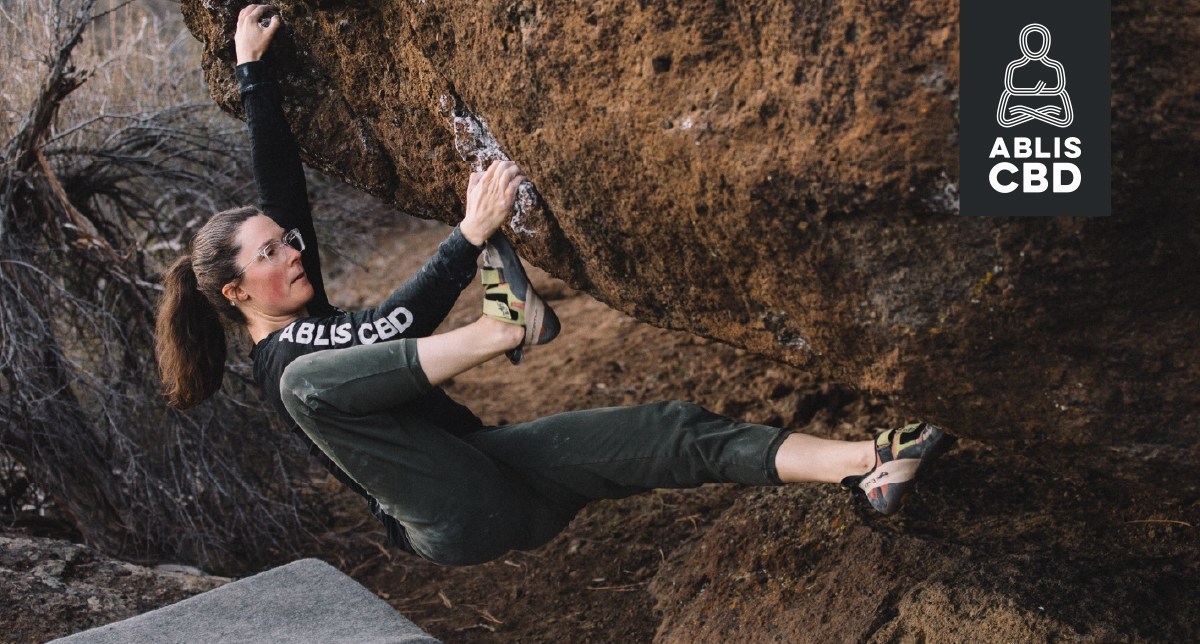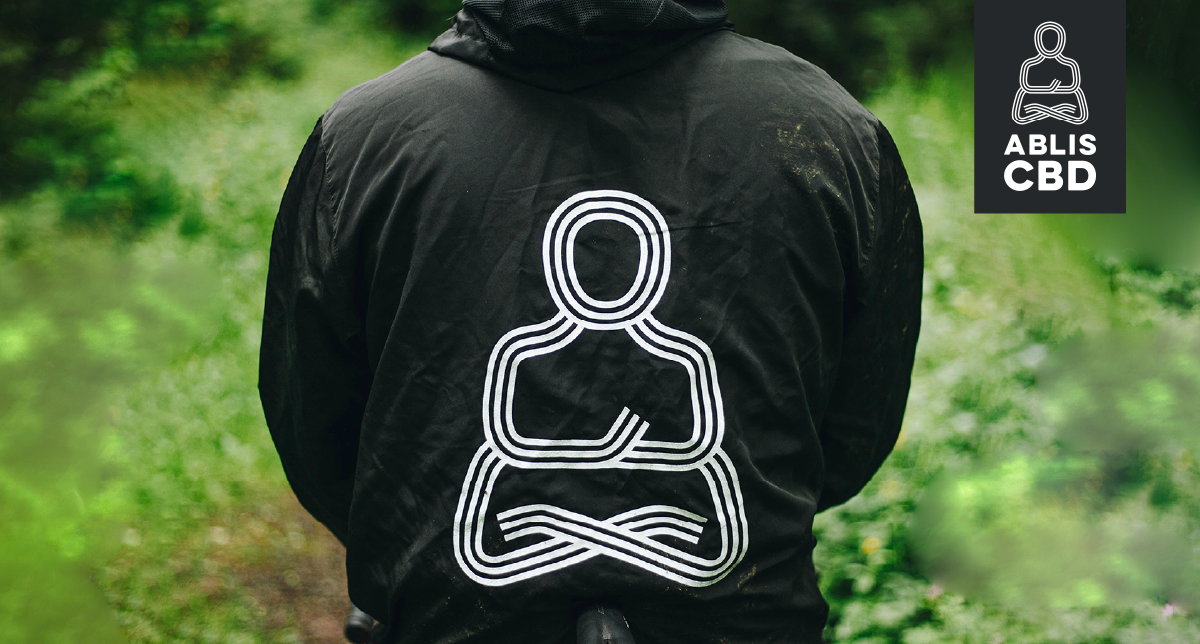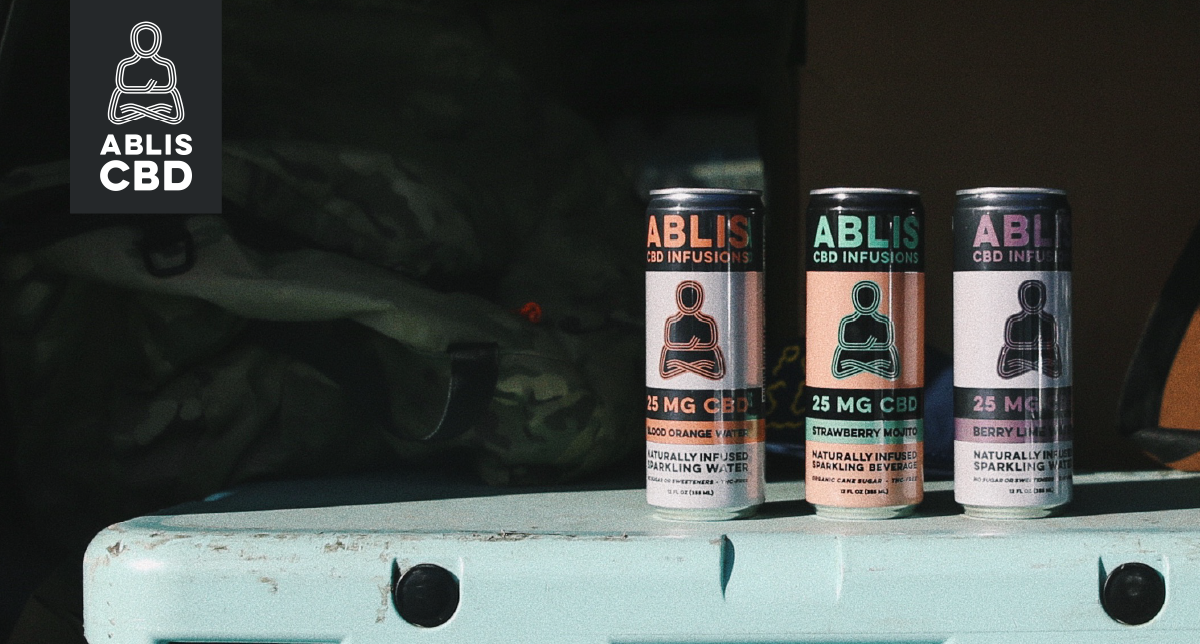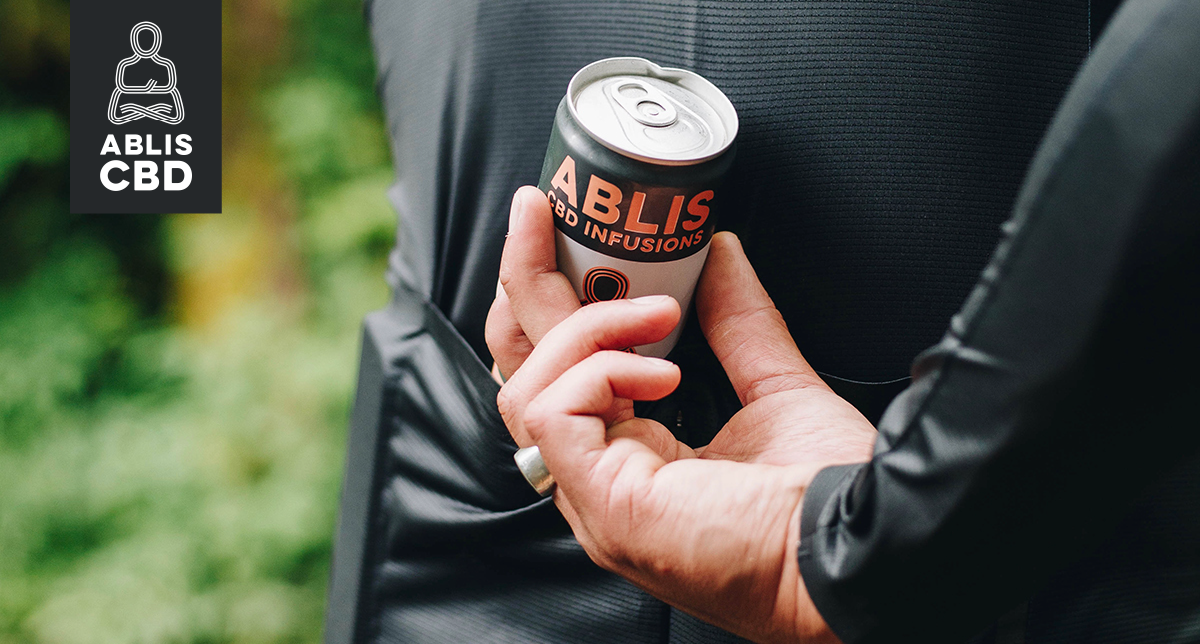How To Relieve Sore Muscles: Advice from a Pro Athlete

by Renee Metivier Muscle soreness can put a massive damper on your training as an athlete, and poor recovery can ultimately lead to injury. The older I get the more I realize how crucial recovery is to not only healthy training but longevity. I’ve been running for a long time. I started running in high…
Is CBD Legal? Here are the Facts

It’s no surprise that we get asked a lot about the legality of CBD. We totally get it! It’s a lot of information to absorb, and the laws have evolved a lot over the past few years. It can be overwhelming when navigating CBD products. There are so many to choose from, and new ways…
CBD Isolate Definition and Broad vs. Full Spectrum

CBD is still fairly new to many and the choices are overwhelming. Whether you’re trying to get the most bang for your buck, need to be able to pass a drug test at work, or require some holistic relief, knowing what to look for is the hard part these days. If you’re struggling to understand…
Is Sparkling Water Bad or Good for You?

The cautionary headlines are everywhere – is sparkling water good for you? Bad for you? Should we be worried that this millennial fave is killing us all? I’m kidding. It’s truly not that serious. Allow me to explain some of the fear and ease any anxiety you have about your favorite fizzy drinks. The Myths…